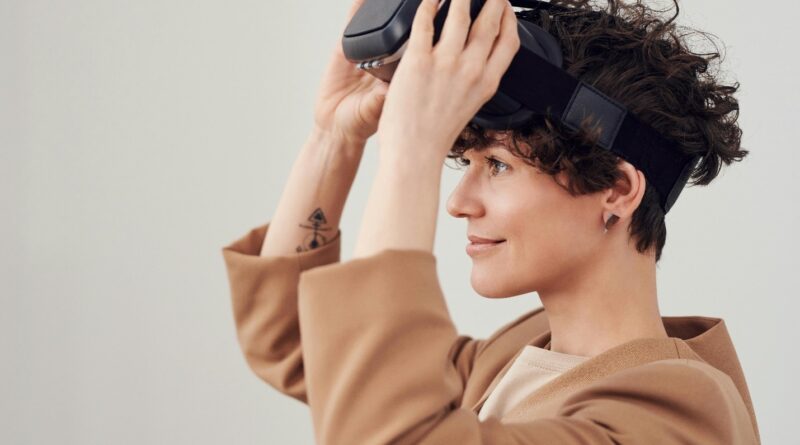VR Tourism Could Be the Future: 3 Things to Consider When Starting a VR Travel Business
In recent years, digital innovations in the travel industry have changed the way tourists experience their dream destinations.
One of these emerging technologies is virtual reality (VR). According to research from Market Data Forecast, the global tourism market was valued at $7.94 billion by 2023, with market researchers expecting a significant growth of up to $36.38 billion by 2029. the real experience of destinations . This allows visitors to immerse themselves and discover places, activities and places to go.
Meanwhile, some travel providers are also relying on virtual reality and smart technologies like robots to collect data and generate hype around the company, improving PR and brand positioning. Other factors related to this rapid growth of the market include the continuous advancement of technology, low product costs, increased sports and entertainment solutions, and potential use for care trips. of health.
Due to the changing needs of consumers, it is only natural to expect more VR companies to jump on the VR tourism bandwagon. If you want to create a VR travel business to meet this growing demand, there are some things to keep in mind. In this post, we’ll look at three things you’ll want to consider when setting up a VR tourism business:
Fit and comfort
Pupillary distance (PD) or interpupillary distance (IPD) is the distance between the centers of your eyes. This area is different for everyone, and is an important factor to consider when using a VR headset. The correct measurement of the pupillary area ensures that the real images are perfectly aligned, which helps to provide a rich and immersive experience. On the other hand, ignoring the importance of PD in VR can cause eye strain, headaches, and other problems. This is important if you want to offer VR headsets for your travel offerings.
Fortunately, many devices can accurately and easily measure pupillary distance. The OPTHY app from Luxottica Group, available for iOS devices, helps to measure PD to ensure a perfect fit for VR headsets. The device meets industry guidelines for accuracy (ANSI Z80.1 and ISO21987) and is compatible with single prescription lenses between -5D and +5D for those who need vision correction. By making sure customers have the right PD measurements, you can prevent uncomfortable symptoms like VR-induced nausea and headaches, making the travel experience more enjoyable and more enjoyable. more.
Serious jobs
Another key to building your VR tourism business is capitalizing on what virtual reality can do compared to traditional travel methods. For example, while offering movies and great views of your destination is a good start, it’s important to keep visitors engaged and engaged in their favorite destinations, even if it’s just for good measure.
Beyond the 360° view of the beach and ocean, for example, you may want to include a detailed underwater view or a full diving experience for enthusiasts. Today, VR activities are a great way for people with limited mobility – such as older adults – to engage in difficult or impossible experiences, from seeing Beethoven’s music from the front row to skydiving and driving a race car. When it comes to virtual reality, the sky’s the limit, so it’s important to make the most of technology by providing new and refreshing travel experiences.
“Try before you buy”
Finally, you can think of your VR tourism business as a supplement to its traditional counterpart. These days, many travel companies have invested in VR technology to create a “try before you buy” business model, allowing users to visit attractions like Paris, Dubai and the Bahamas before booking their dates. he rests. This is very important as travel is still an expensive investment for many, so offering a free trial can help.
Meanwhile, other travel and hospitality providers are also investing in virtual reality. Marriott Bonvoy has created a theme park in the Fortnite metaverse to sell four types of hotels. At the same time, Travelzoo also works with its in-house metaverse to enable time travel and impossible journeys to places like ancient Rome, Mars, Mt. Everest, even Atlantis.
If you found this post insightful, you might like our other posts high-level updates in the field of group travel, including AI and data analytics, as well as the use of social influencers for marketing.
#Tourism #Future #Starting #Travel #Business
